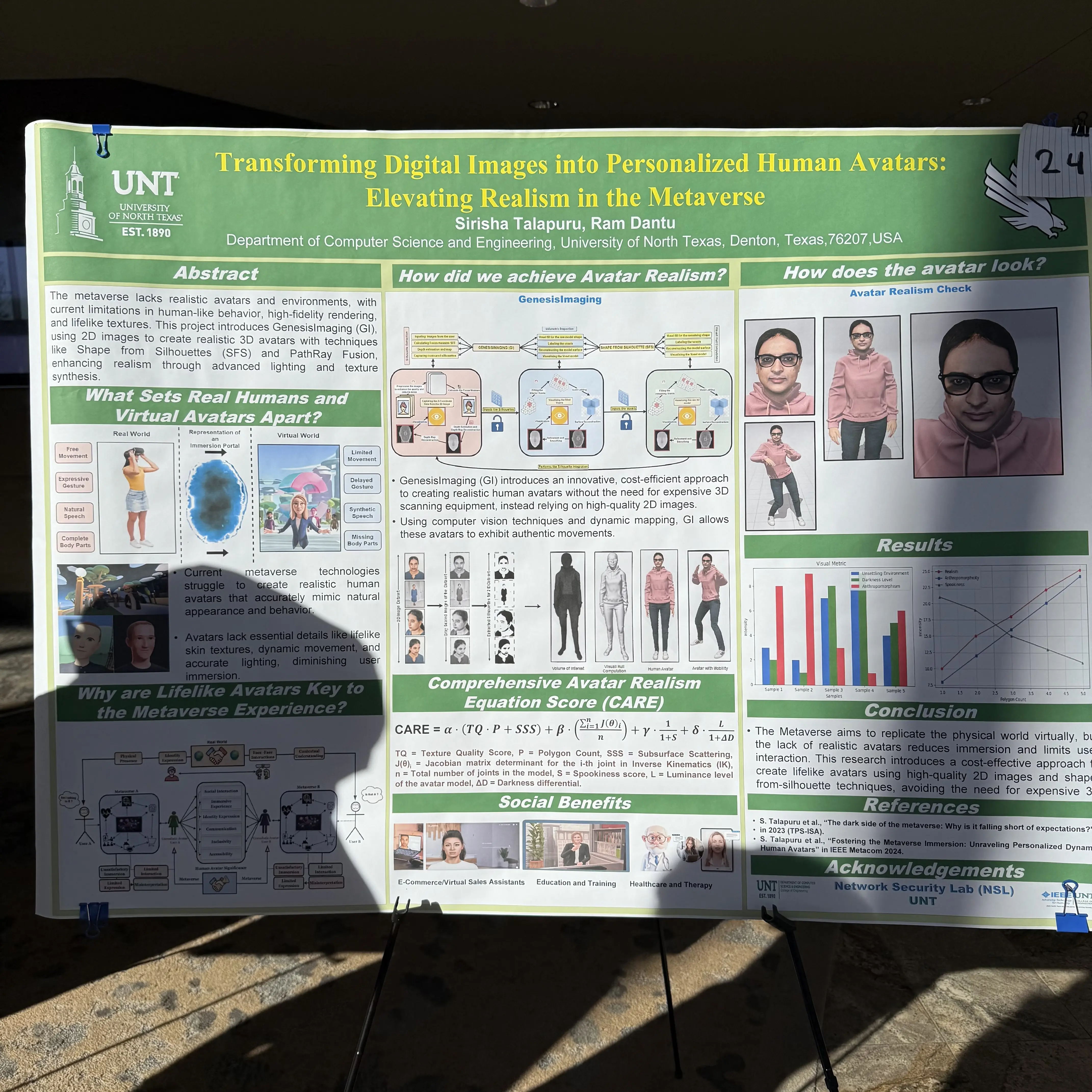IEEE MetroCon 2024
Plenary Keynote

IEEE MetroCon 2024 is a conference organized by the regional chapters of the IEEE — Institute for Electronic and Electrical Engineers — which is one of the largest (perhaps the largest global professional body with nearly 500,000 active members. I remember in undergrad being part of the Cornell Chapter and being part of the organizing team along with Lori Bianco and some other folks whose names escape me now. This particular conference featured nine parallel technical tracks, each organized into morning and afternoon sessions to maximize attendee exposure to emerging developments in engineering disciplines.
The nine technical tracks were:
- Internet of Things
- Software and Systems Engineering
- Developing and Deploying Secure Systems
- Power & Energy Systems
- Computational Intelligence
- Biotechnologies
- Financial Management and Professional Development
- Autonomous and Vehicle Systems
- Photonics
I went to most of the Autonomous and Vehicle Systems track sessions which were largely focused on integrating intelligence or agents or related elements into modern military cockpits. I got to tap into my inner aviation nerd — even asked a question or two!
I also haven’t been to a professional society conference like this in ages where there were student posters that were really thoughtful, thorough, and earnest. It got me thinking about how things like Design Fiction could be used as a kind of speculative design tool to help students think through their research and how it might be applied in the real world. I’m going to have to think more about that — like a ‘Poster+’ (Poster Plus) that came up in a somewhat related discussion in another context: augmenting posters with a Design Fiction that revealed whta this idea looks like when it isn’t in the poster format, or isn’t formulas and technical descriptions but an artifact that has come from the future being anticipated by the research represented in the poster.
I had an early start as the conference began with a plenary session — that was me.
I was described as Dr. Julian Bleecker, a design fiction futurist and innovator. Dr. Bleecker is known for his work in speculative design and futures thinking, particularly through his “Design Fiction” methodology, which uses speculative scenarios and tangible prototypes to help organizations envision and navigate the strategic implications of emerging technologies. He is also the co-founder of Near Future Laboratory, an innovation practice that collaborates with global organizations to inspire creative thinking and strategic foresight.
The keynote went really well aside from the laptop connection issues which still seem to happen in 2024, despite everything. But we got it sorted out. I talked about the future of design fiction and how it can be used to help organizations navigate the strategic implications of emerging technologies. It was refreshing to share the engineering challenges of OMATA, which I don’t get to discuss much to the audiences I have been presenting Design Fiction to over the last several years — mostly design and futures-oriented audiences for whom the engineering of a real product may not be as relevant to their work or interests.